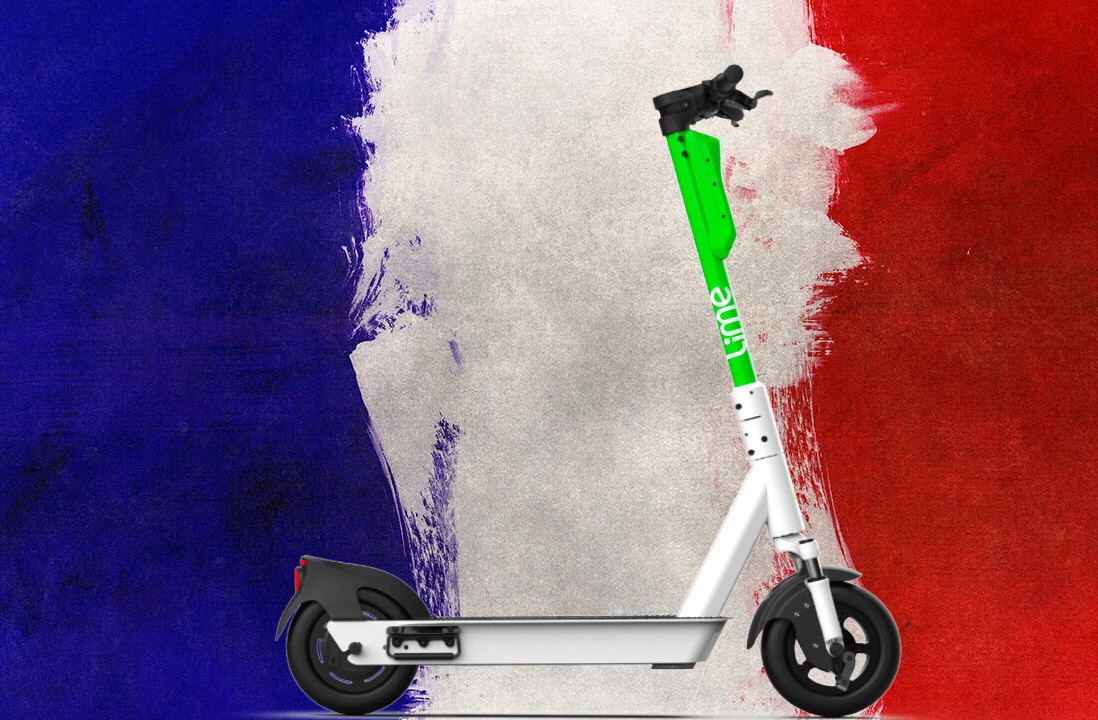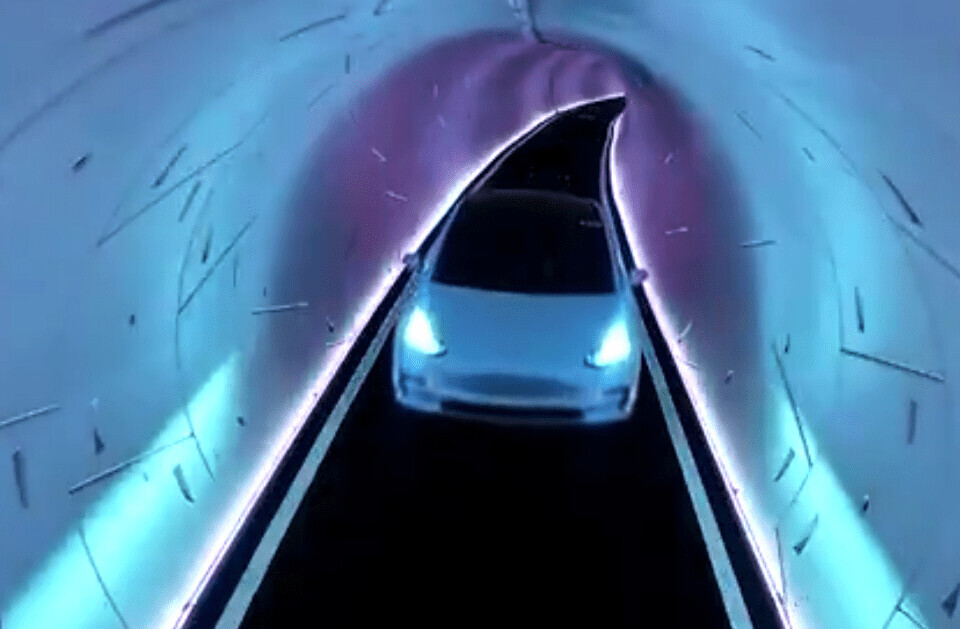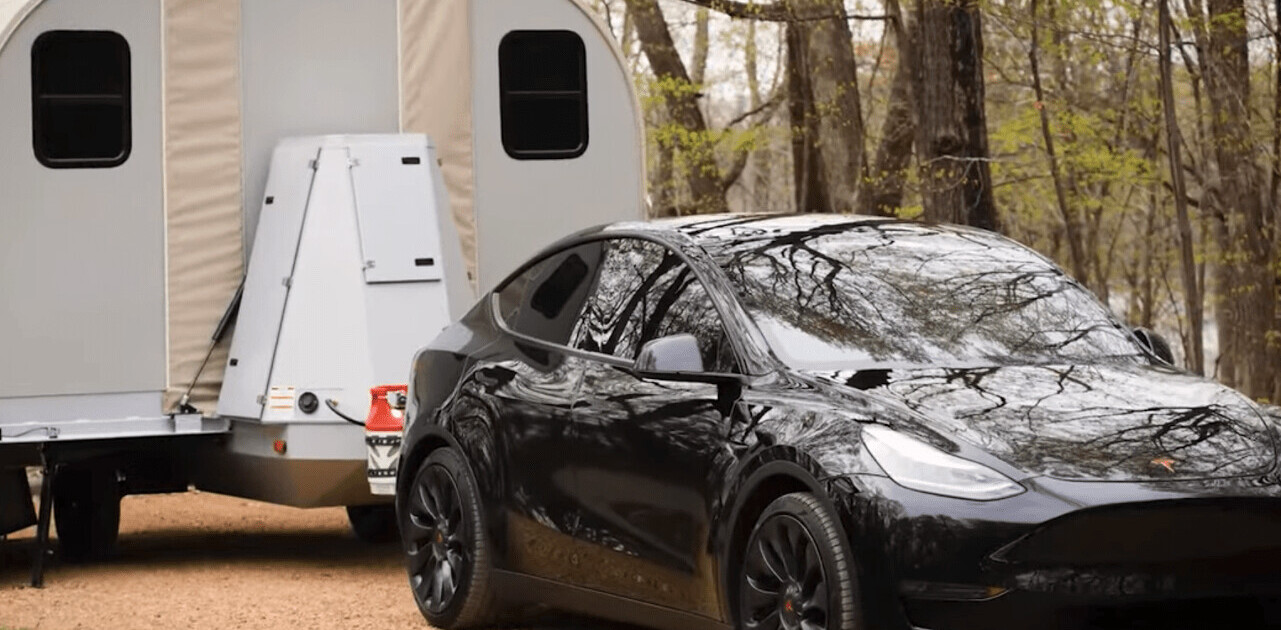From the environmental impact of fossil fuel vehicles to heavily congested roads, our relationship with transport has to be re-examined. A carrot and stick approach is often used to encourage change – but there are other notable drivers.
Enter Generation Z (Gen Z). Born between the mid-1990s and 2010, they make up 32% of the population, according to UN and Bloomberg data – more than the number of millennials and baby boomers. As early adopters of ride sharing and micromobility, their collective ‘buying power’ could have a positive impact on urban mobility.
Their influence on the transport sector over the next decade raises some important questions. How can mobility providers capture the interest of these young commuters as they enter the workforce and support their green values? What opportunities does Mobility as a Service (MaaS) provide for local transport authorities to connect with Gen Z?
Commodity perspective
Answering these questions starts with understanding how Gen Z view transport. An Allison+Partners U.S. study, “The Birth of Mobility Culture,” places them at the forefront of a ‘Me’ to ‘We’ cultural shift. At ease with connected technology, they are both socially and environmentally aware, signaling a change in attitude from previous generations.
This perspective extends to transport too. The Allison+Partners study found Gen Z, viewed cars like appliances – nearly 56% saw them as just a means of transport. Unlike previous generations, cars do not define their identity, they are effectively a commodity. Given 70% of Gen Z have not gained their driving license and 30% are in no hurry to get one, car ownership is clearly not a priority.
Different values
This means that mobility providers and manufacturers need to rethink how they engage with Gen Z. Rather than focusing on, for example, a car’s looks, speed and other form factors, efficiency, sharing, sustainability and overall experience may be more suitable talking points.
Take the rise in popularity of on-demand e-scooters among younger generations in the Spanish capital of Madrid. With this move from ownership to usership comes a less polluting way to move around, making our urban areas more livable. Of course, many decisions may depend on life stage such as career plans or starting a family.
However, Gen Z has access to more modes of transport than ever before to influence their choices. Micromobility is becoming increasingly popular in cities across the globe and the expectation is that autonomous vehicles will be a viable mode of future transport too.
MaaS connection
It is important that local transport authorities embrace this and provide the tools to access a wide plethora of services. Few Gen Z have known life without technology, as reflected in research by Adobe – and 46% want apps and services to book, track and manage trips. MaaS is perfectly placed to provide the personalized experience they desire, considering 65% are constantly connected while traveling and expect to change everything from accommodation and itineraries to transportation on the fly.
MaaS apps also allow transport operators and local authorities to connect with this digital tribe in a way not seen before – and understand what makes them tick. A study by Expedia ‘How Younger Generations are Shaping the Future of Travel’ found that 70% look to their smartphone for ‘inspiration’ while 80% consider social media ‘influential’.
Not only can MaaS provide Gen Z with intelligent search results based on personal preferences – including modality, time, frequency, cost, comfort and CO2 emissions – it also allows them to tailor their transport and lifestyle choices accordingly. PTAs and mobility providers can capture data and garner feedback to help improve service provision and better understand what customers value most.
Smarter future
One thing is for sure: tech-savvy Gen Z expect more from their journeys, creating opportunities for smarter engagement with these travelers. From incentivizing shared travel and lower CO2 transport modes to offering contextual promotions and entertainment, MaaS moves beyond a simple travel app to meeting lifestyle needs too.
It calls for PTAs to take a collaborative approach with Gen Z to establish a transport system that is more sustainable, active and intelligent. There is the potential for urban planners to repurpose existing infrastructure too, creating safer cycling routes, wider footpaths (that are also wheelchair friendly), more electric vehicle charging stations, convenient pick up/drop off zones and ensuring that micromobility and shared vehicles are well-positioned for accessibility – particularly for the first/last mile.
Not only will Gen Z reshape transport by their travel behaviors, they will also be the mobility entrepreneurs and city planners of the future. From usership over ownership to a culture of ‘we’ rather than ‘me’, Gen Z will steer the course of mobility in the years ahead. With MaaS at the core, this generation could be the one that demands greener, cleaner mobility, finally making our built environments more sustainable for the benefit of us all.
This article was written by Sandra Witzel, Head of Marketing at SkedGo, on The Urban Mobility Daily, the content site of the Urban Mobility Company, a Paris-based company which is moving the business of mobility forward through physical and virtual events and services. Join their community of 10K+ global mobility professionals by signing up for the Urban Mobility Weekly newsletter. Read the original article here and follow them on Linkedin and Twitter.

SHIFT is brought to you by Polestar. It’s time to accelerate the shift to sustainable mobility. That is why Polestar combines electric driving with cutting-edge design and thrilling performance. Find out how.
Get the TNW newsletter
Get the most important tech news in your inbox each week.






